The students from Kacgae Primary School joined us at our Tiisano Education Centre from the 28th August to the 1st September for a week of fun learning, great games and an exciting bush experience. The children were treated to lectures and games highlighting Botswana’s wildlife, the critical role that cheetahs and other wildlife play in the ecosystem and how we as people can help conserve nature. One major goal of the new curriculum was to infuse our conservation lessons with the local indigenous knowledge. To help us do that, our teaching staff were joined by Master Tracker Nijoxlau from Kacgae and veld food and traditional medicine expert, Ritha. The pair shared with the students their knowledge and experience about wildlife, veld food, traditional herbs, medicines and bush craft with the students. The children even got their very own wildlife tracking training out on our farm, discovering the tracks of steenbok, warthog, aardvark, jackals and brown hyenas within walking distance of our education centre! This integration of traditional culture into our curriculum aims to reinforce the importance of indigenous knowledge and how it synergizes with conservation efforts. The San culture represents one of the world’s oldest continuous cultures and one that has lived in harmony with nature for time immemorial. We hope that this shift will help build up cultural pride in the children that attend our bush camps.
The new curriculum was a huge hit with the teachers and students alike. The main highlight of the camp was the range of new games and activities that we have incorporated into the curriculum. This included a cheetah survival game, where students pretended to be cheetahs, and had to navigate an obstacle course of threats like snares, lions, traps, (fake) bush fires and farmers with guns to find food and water. Modelled off a similar game created by our friends at Ewaso Lions, this game demonstrates the many challenges, both natural and man-made, that cheetahs must face in their daily struggle for survival. With games like this, we hope to build empathy for wildlife, in a bid to improve attitudes towards carnivores that live in these student’s backyards.
We are absolutely ecstatic to have our education centre open again for students to visit and we cannot wait for the next group to arrive in November to enjoy the fun of learning about the environment!

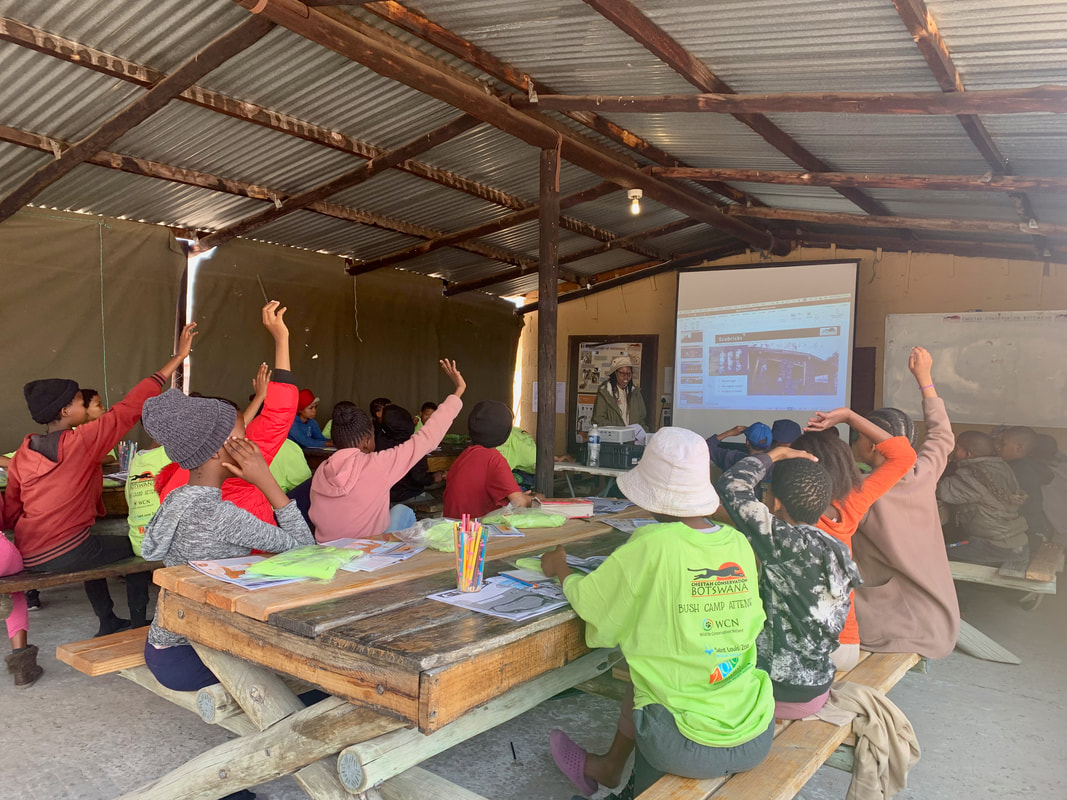
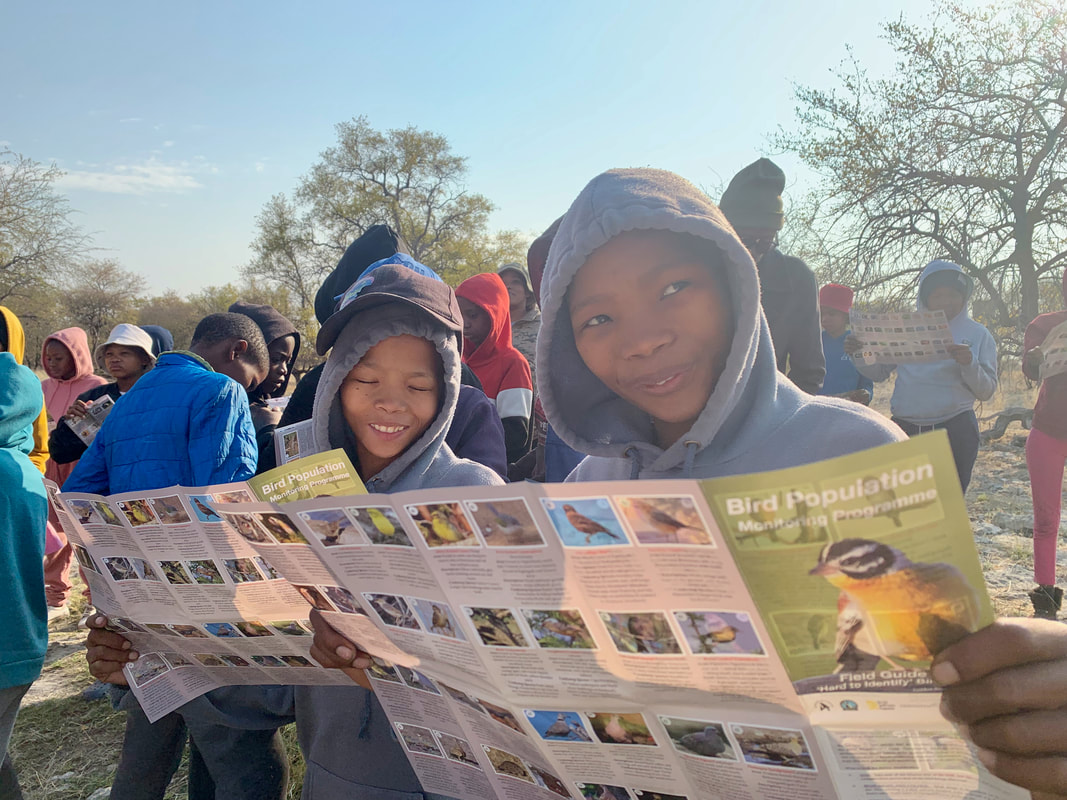
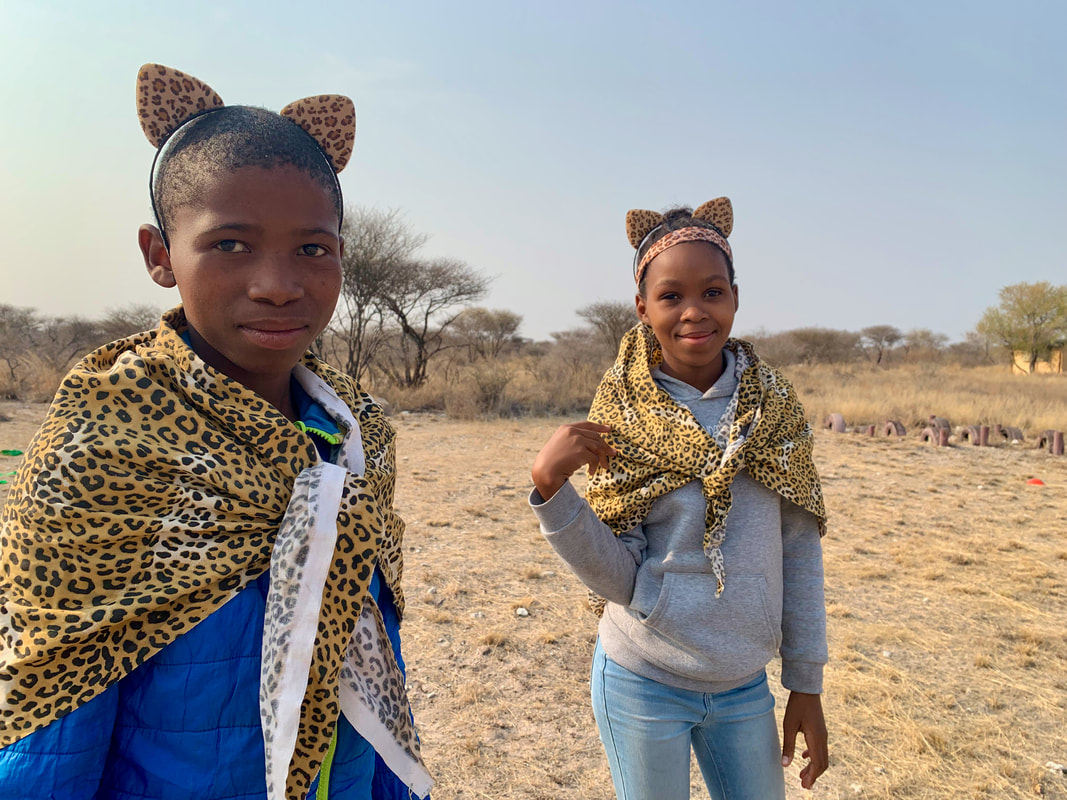
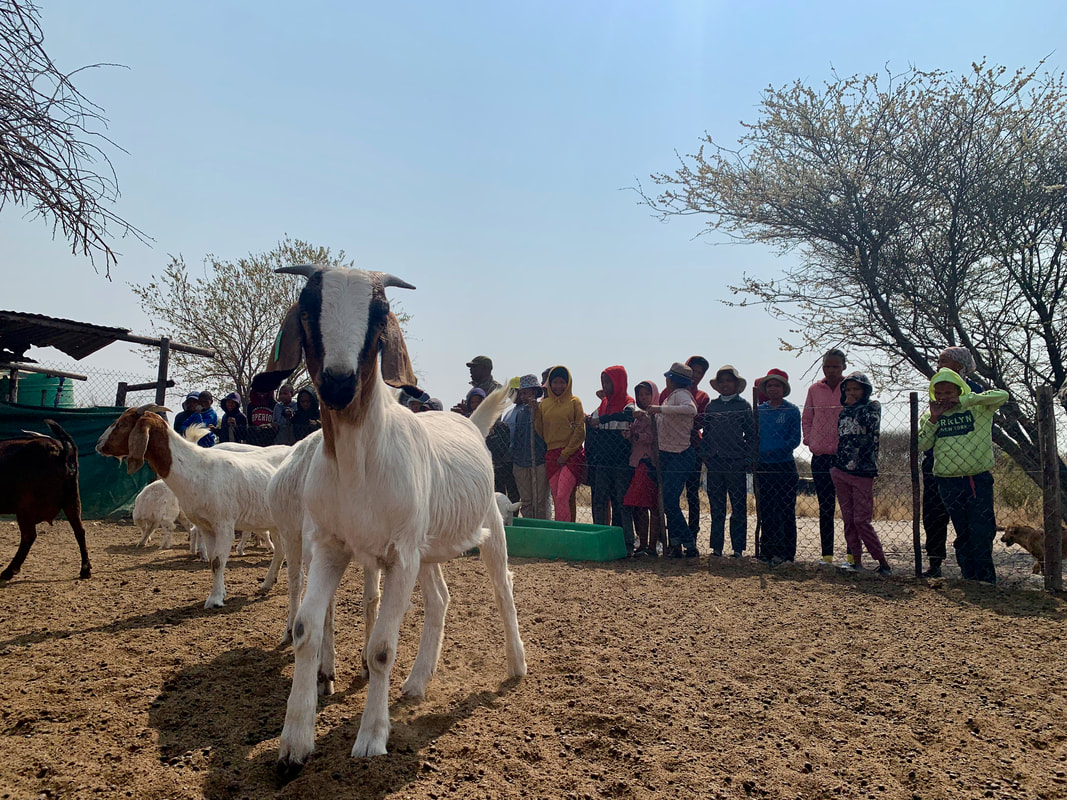
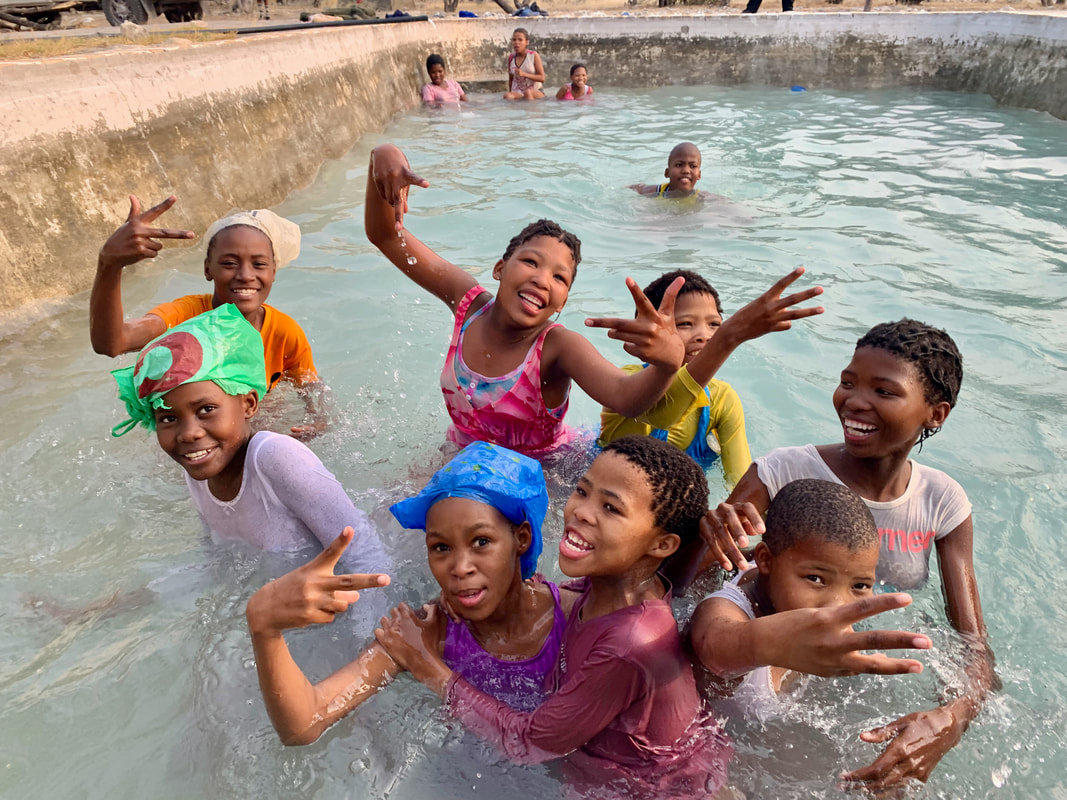

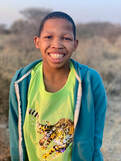
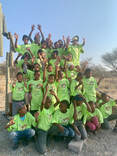
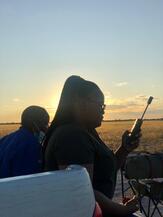
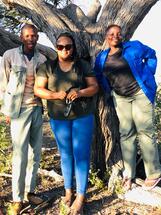


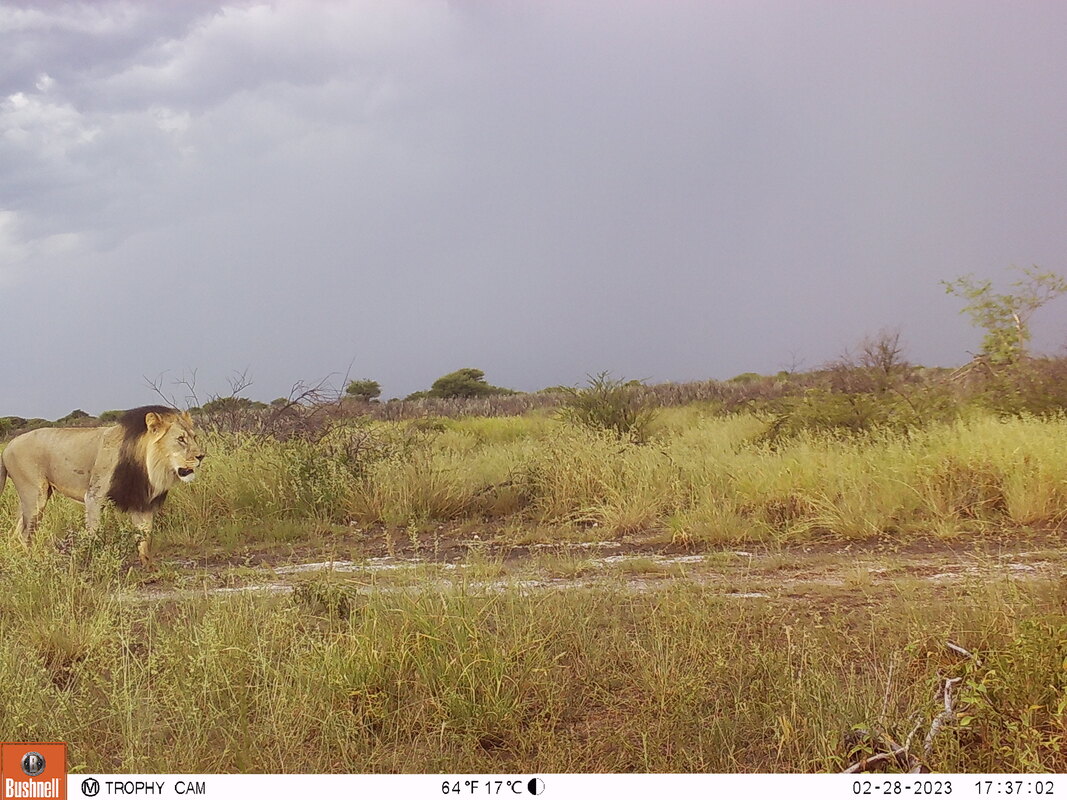
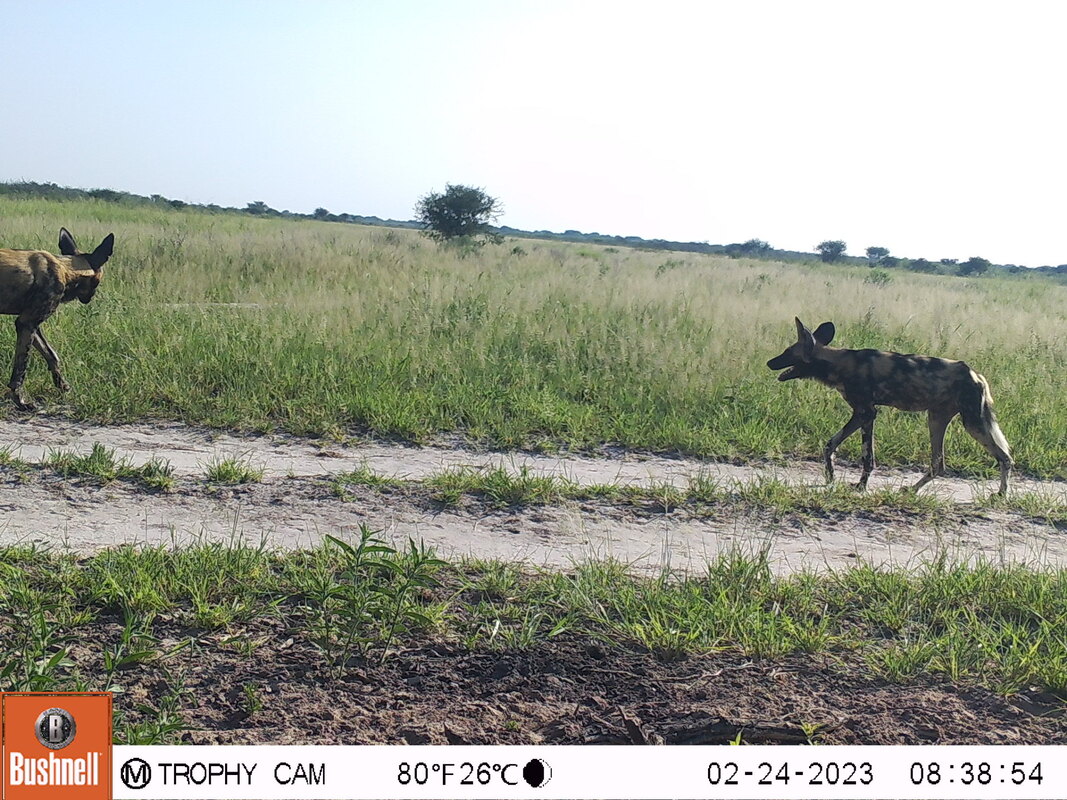
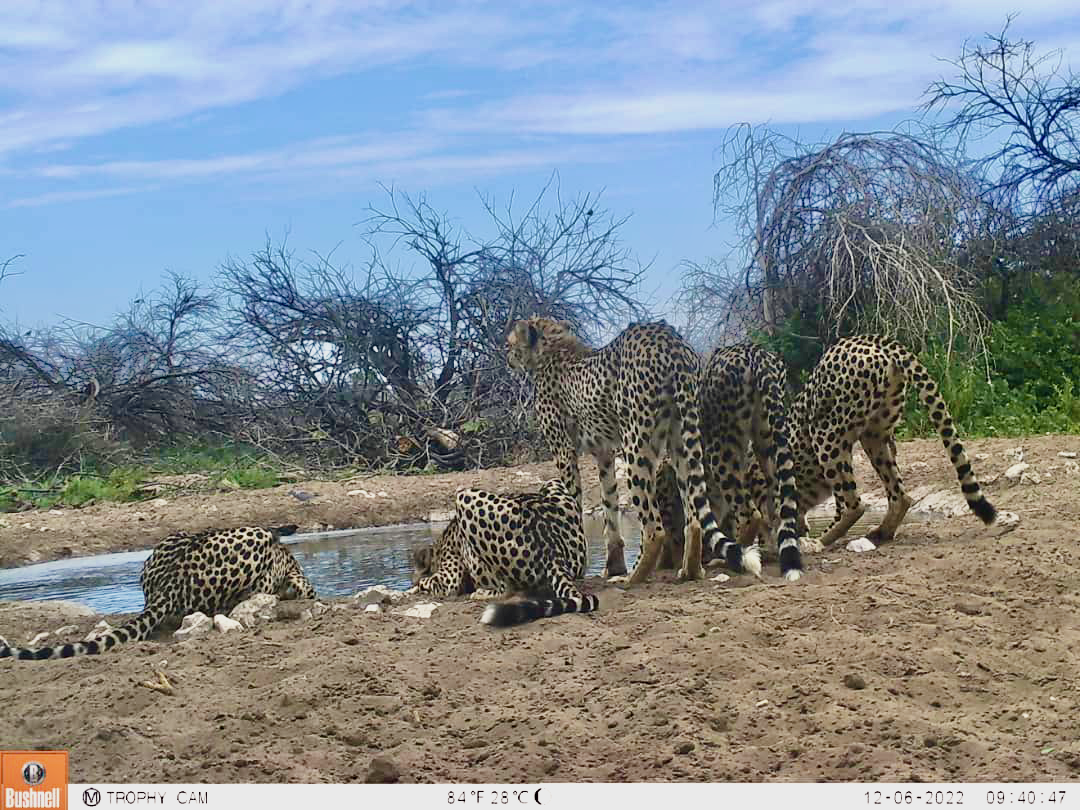
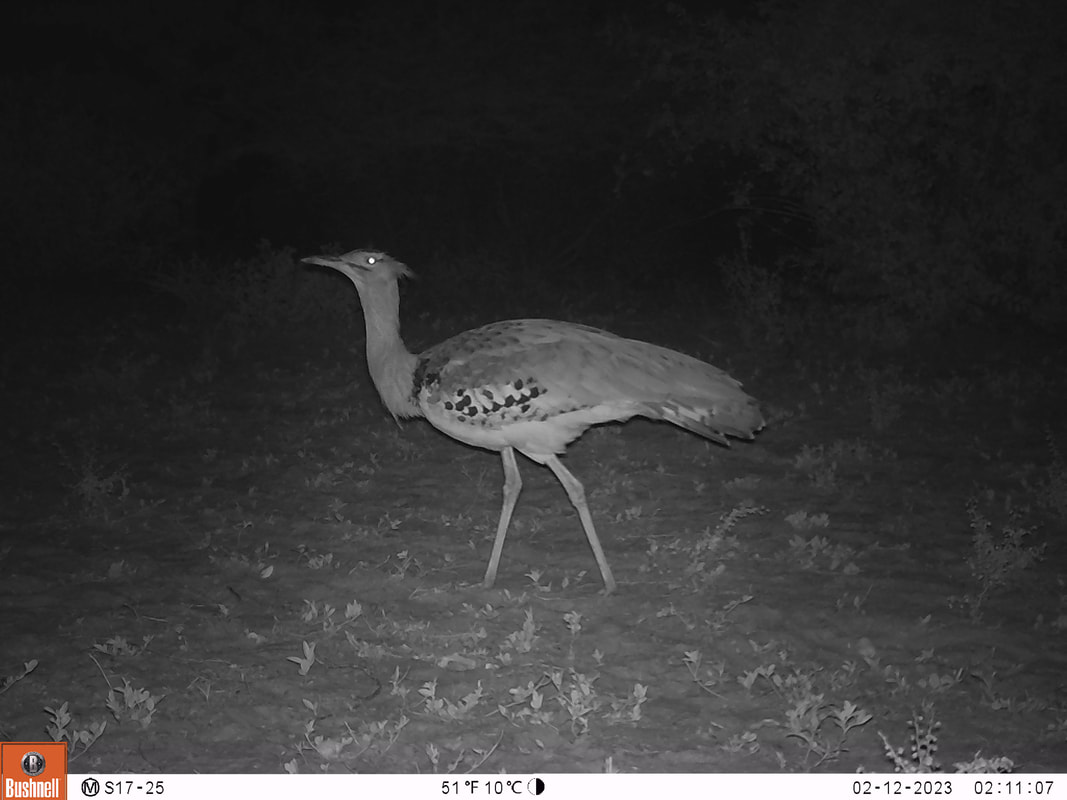
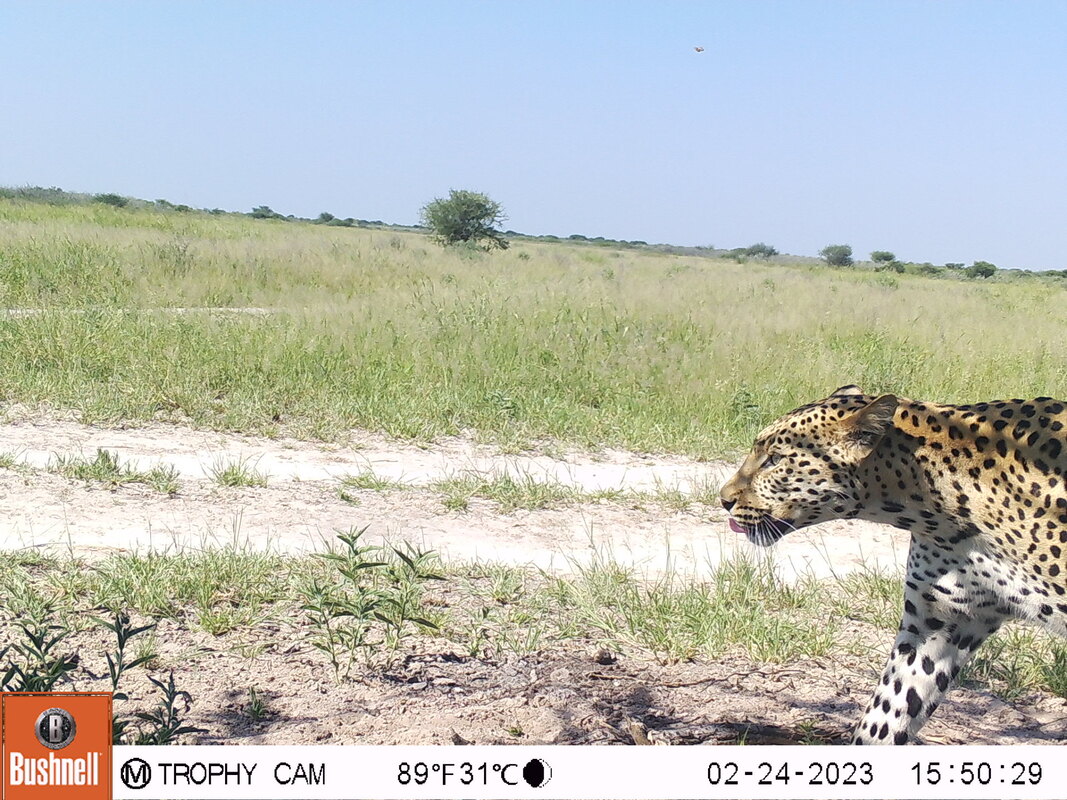
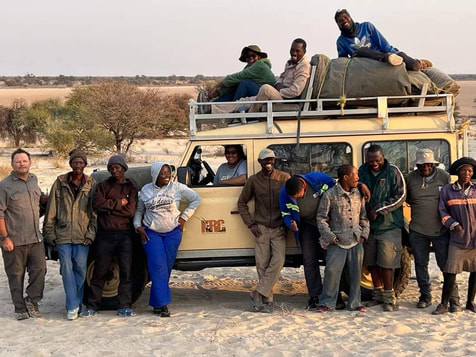
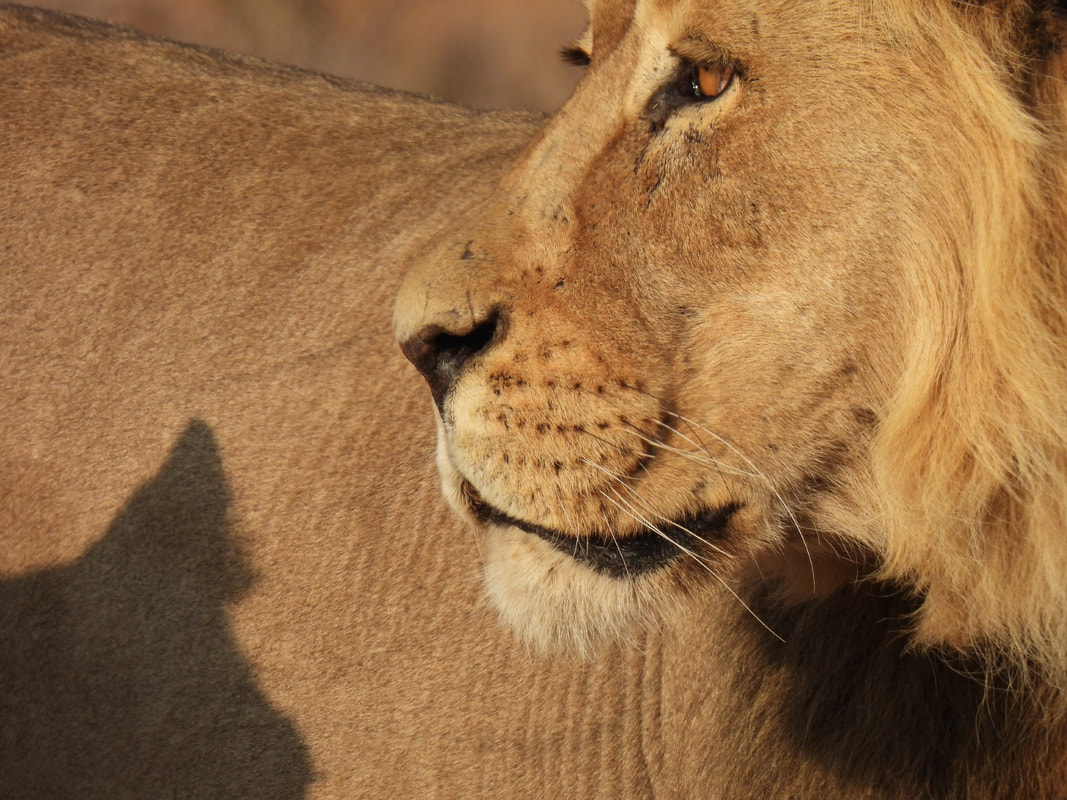
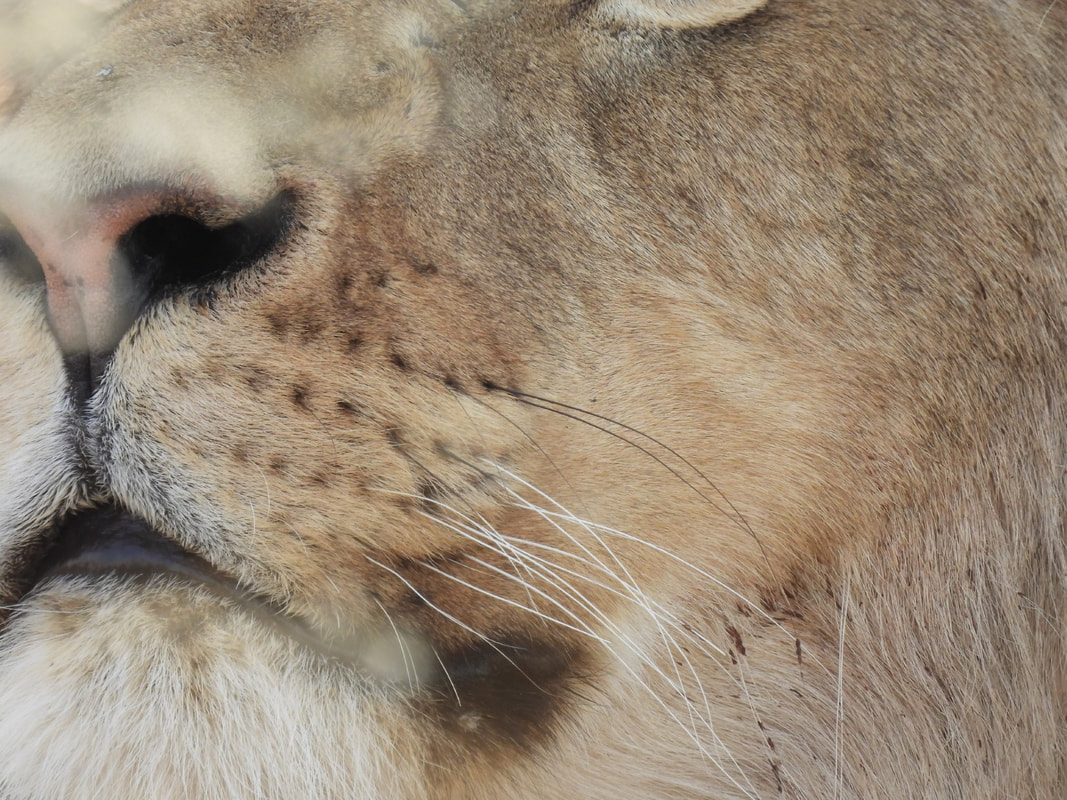
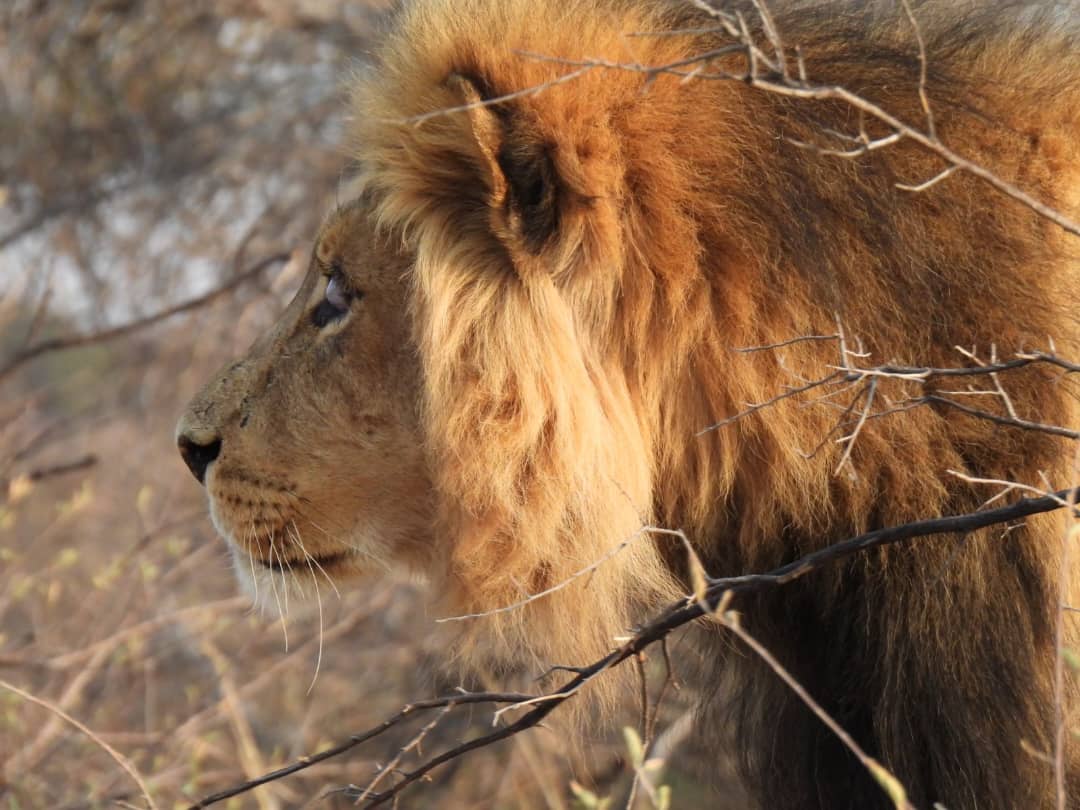
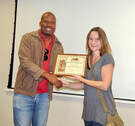
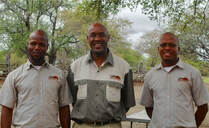

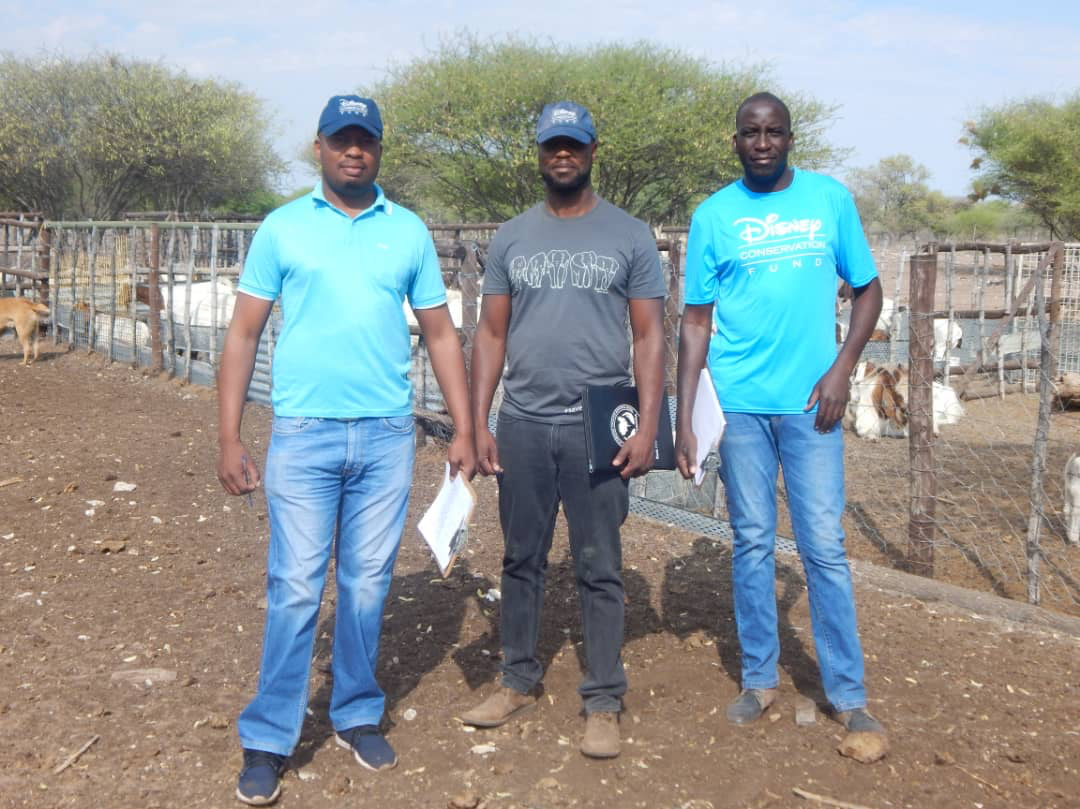
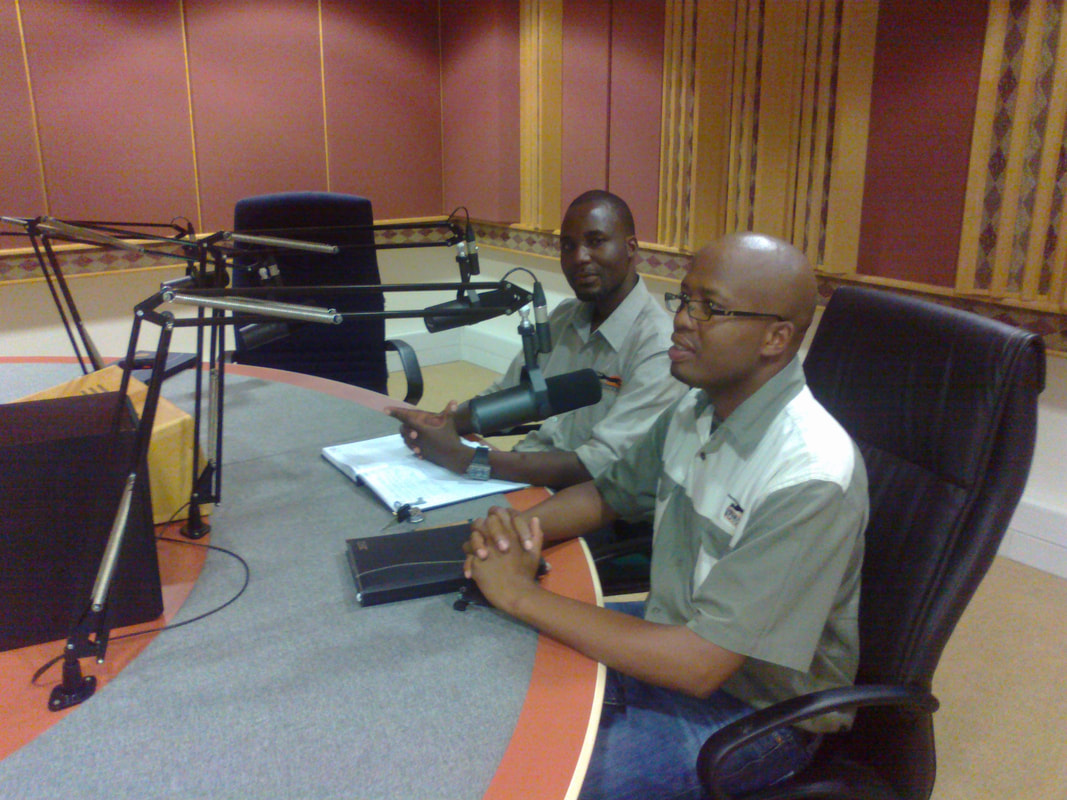

 RSS Feed
RSS Feed
